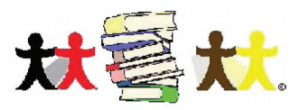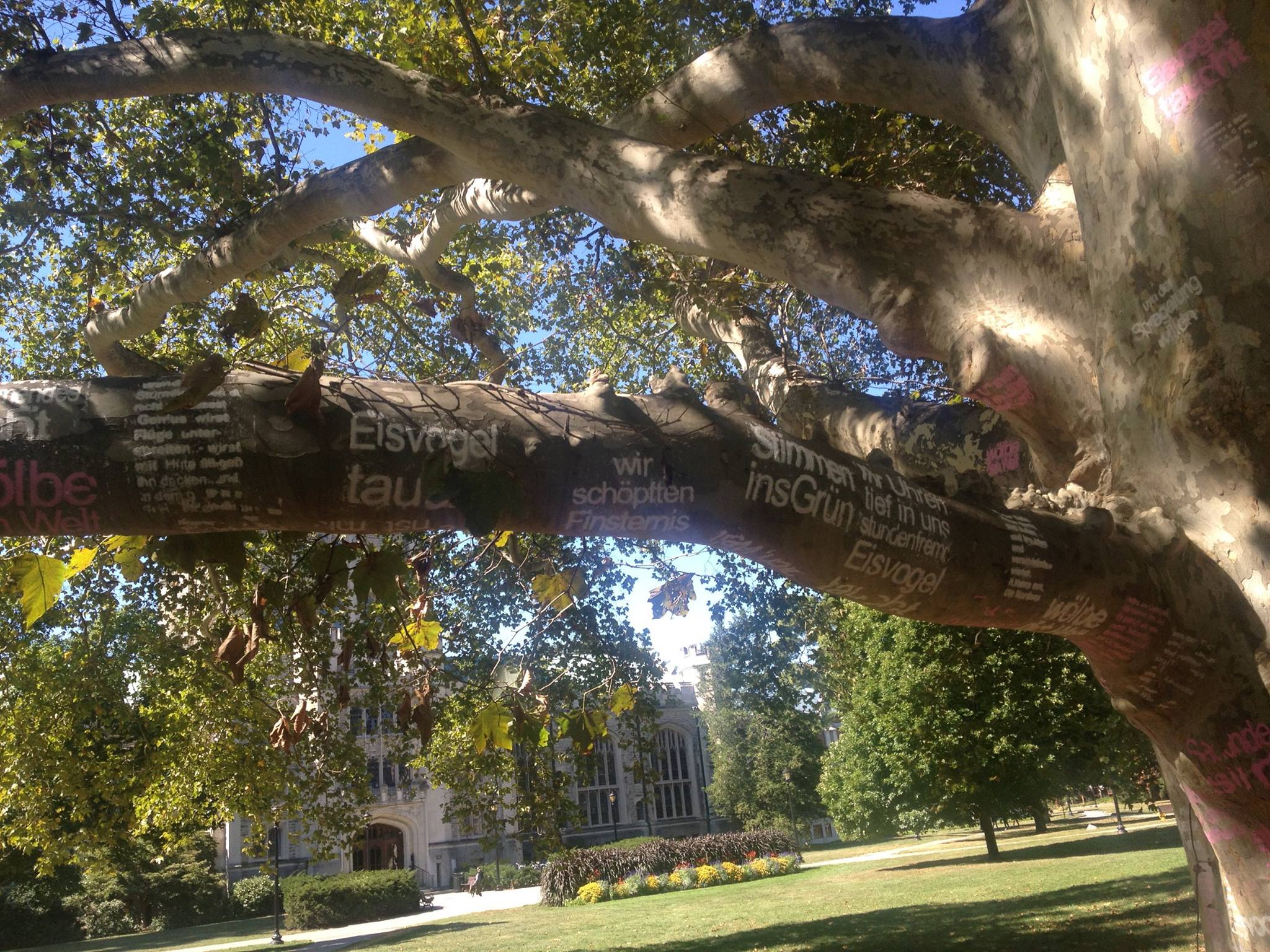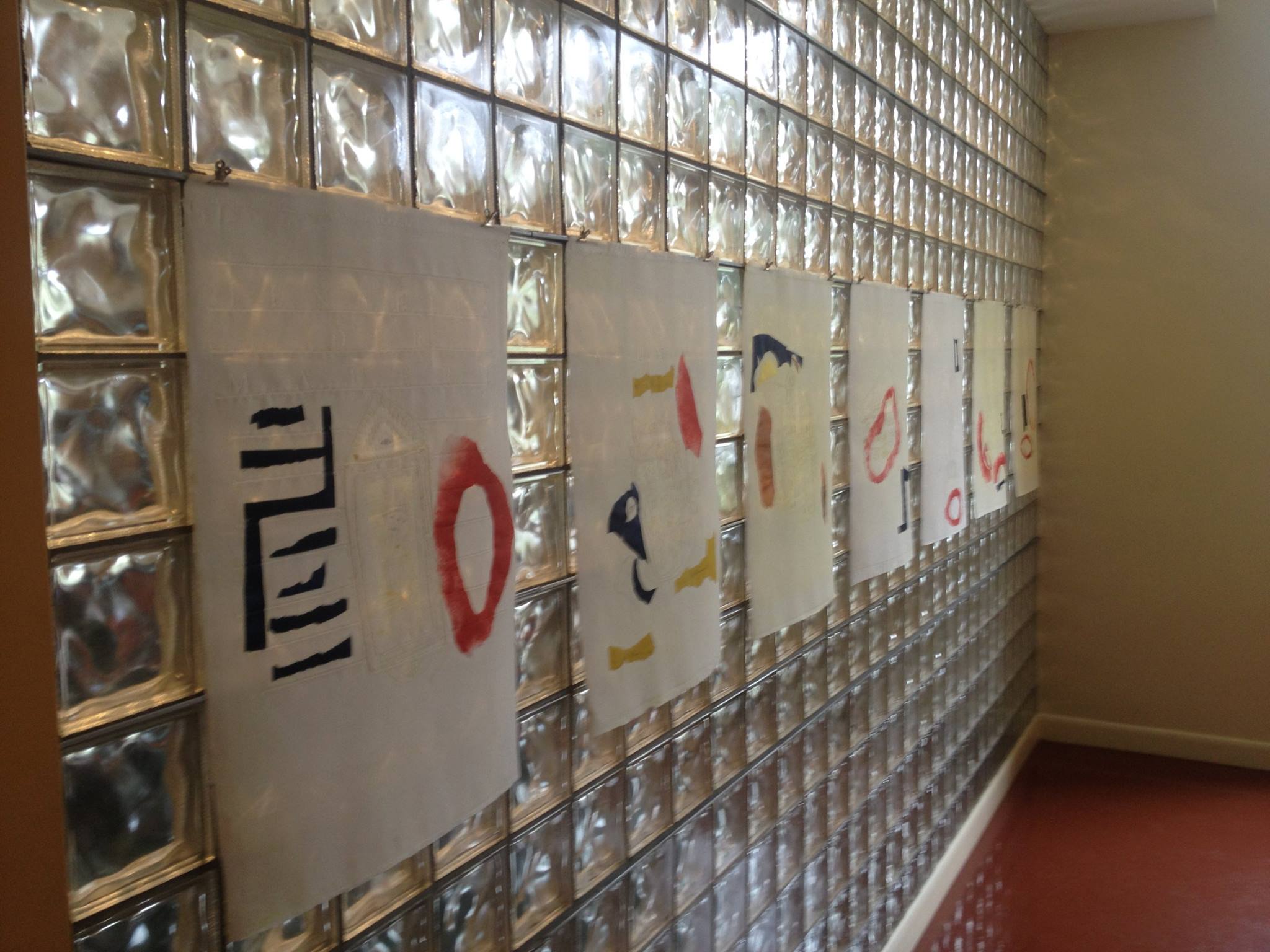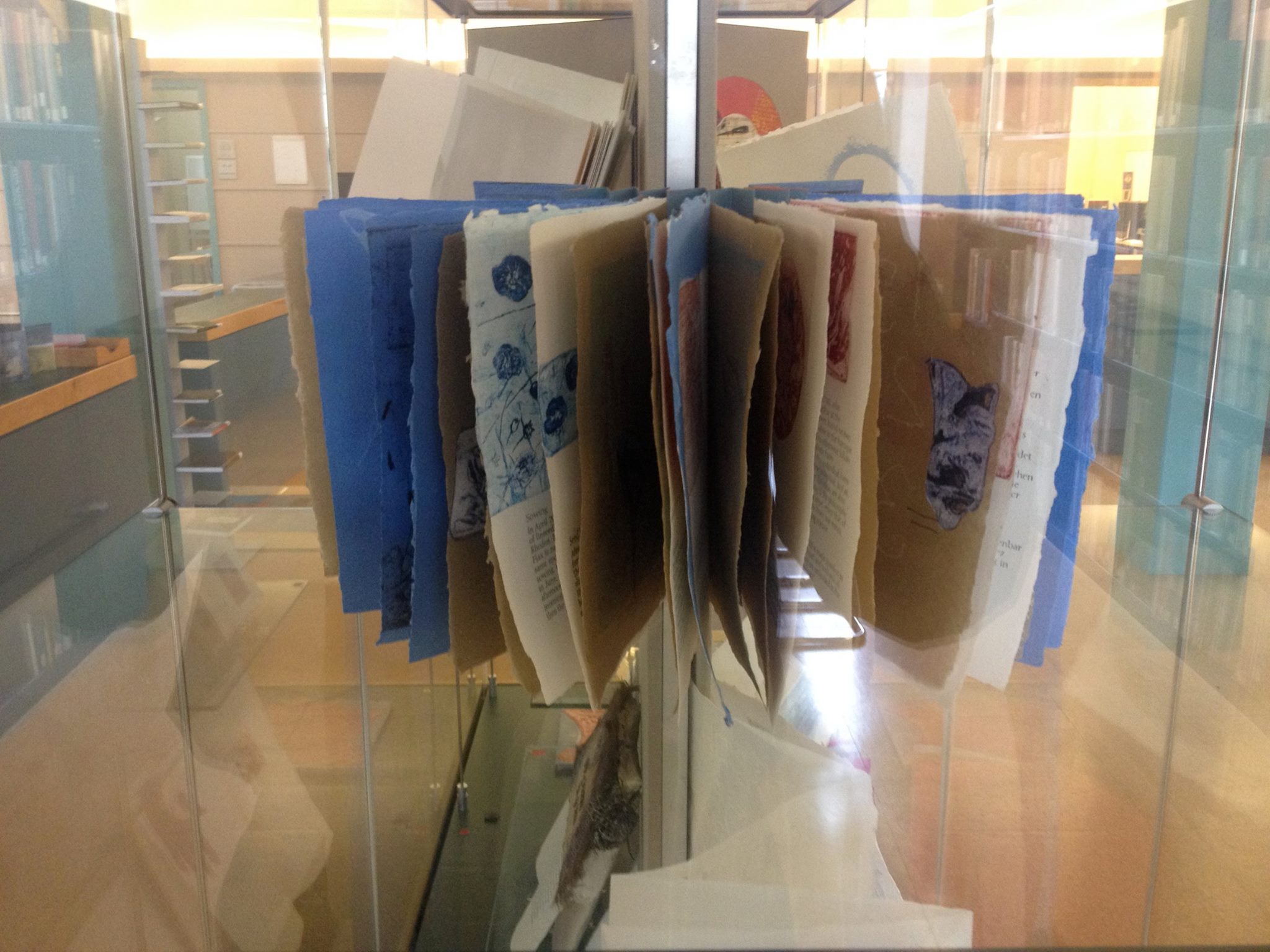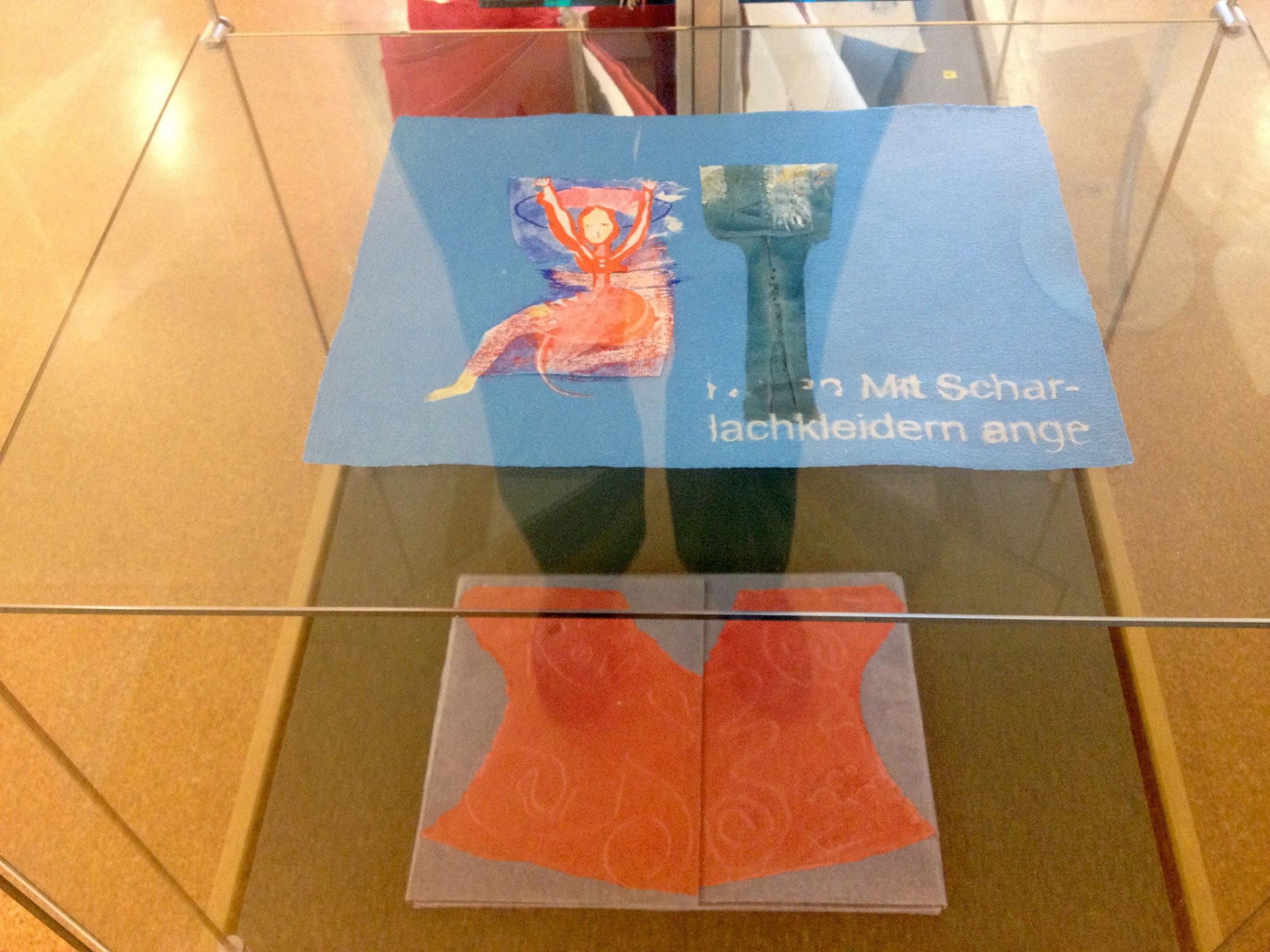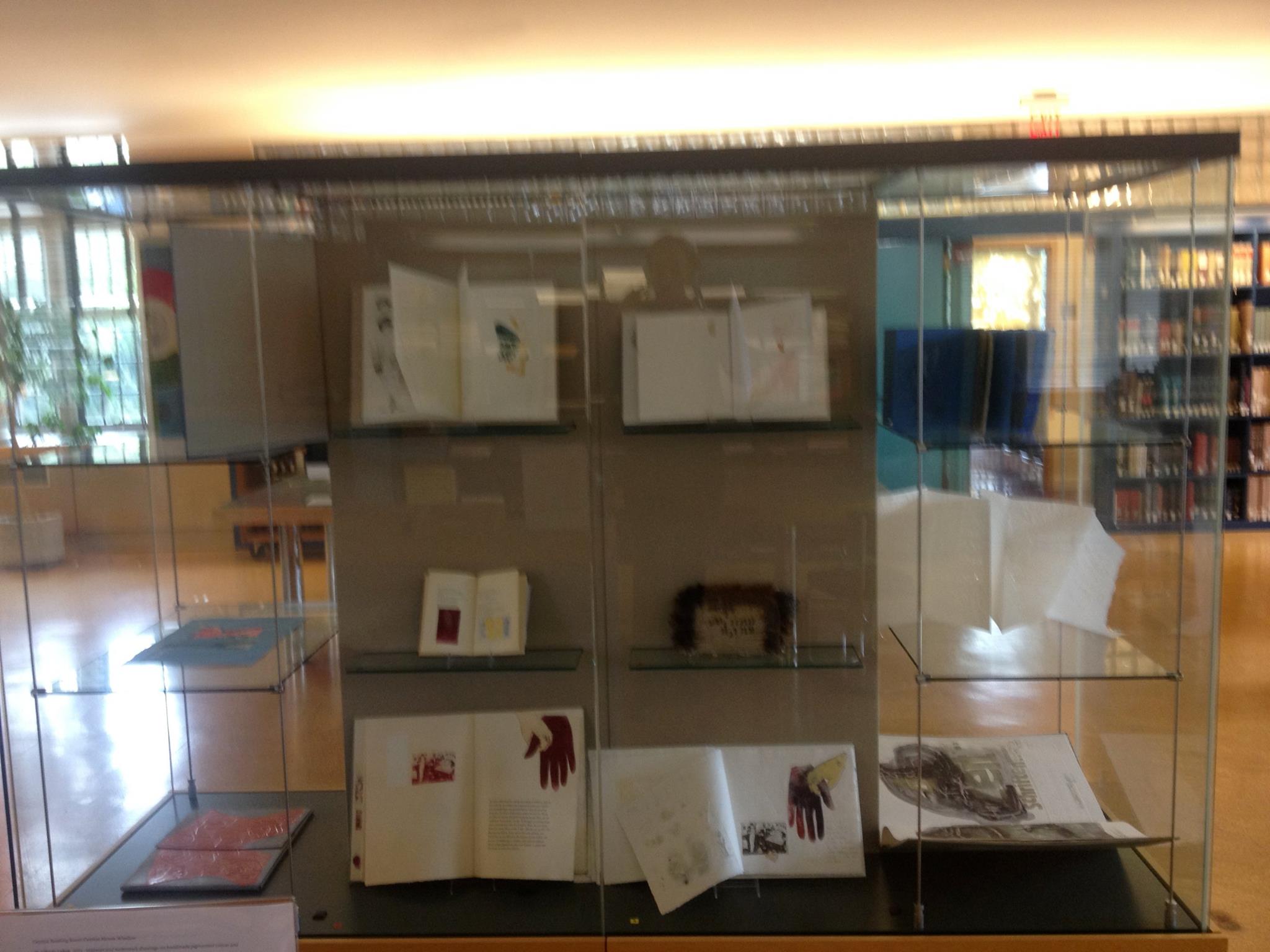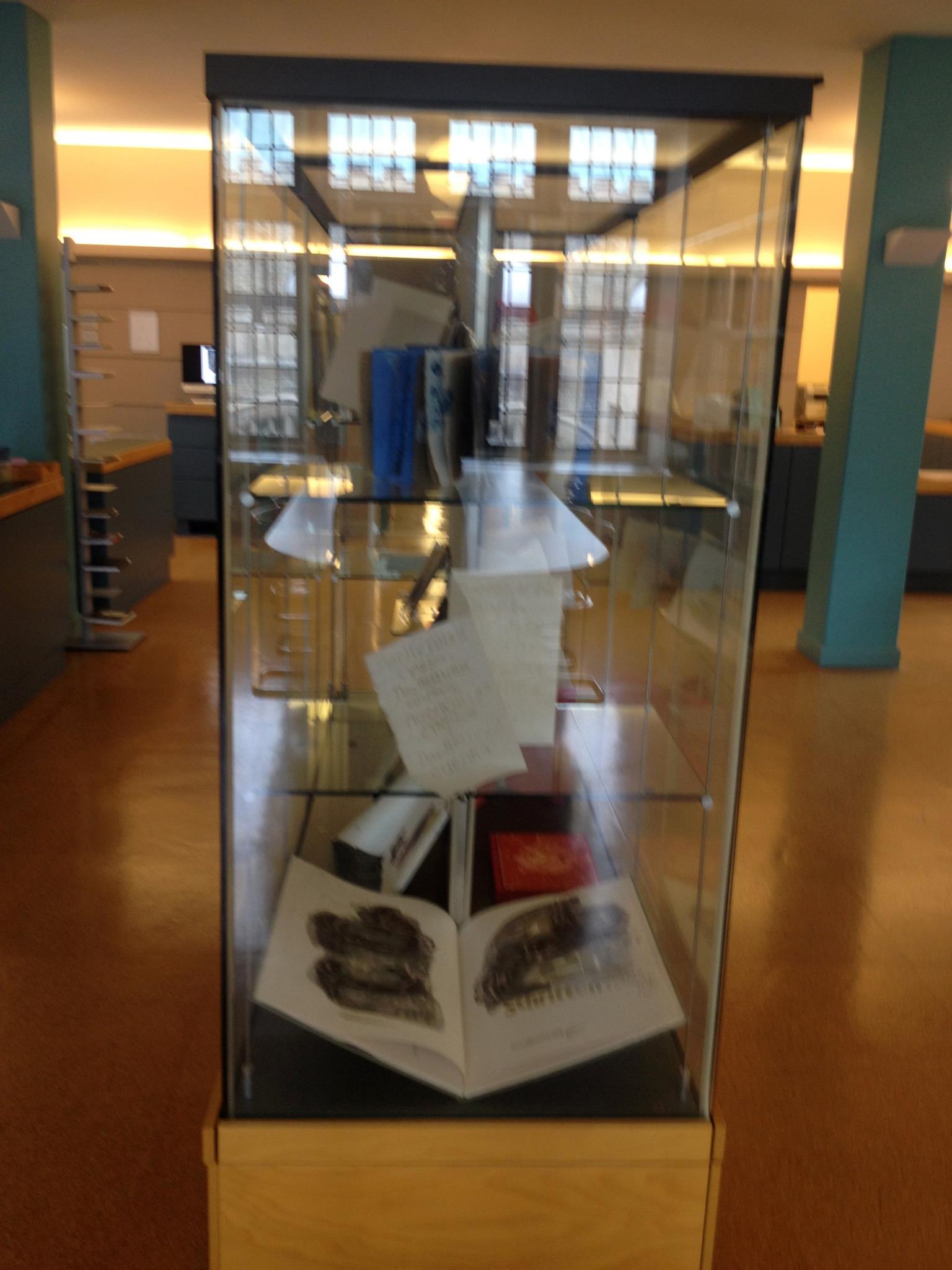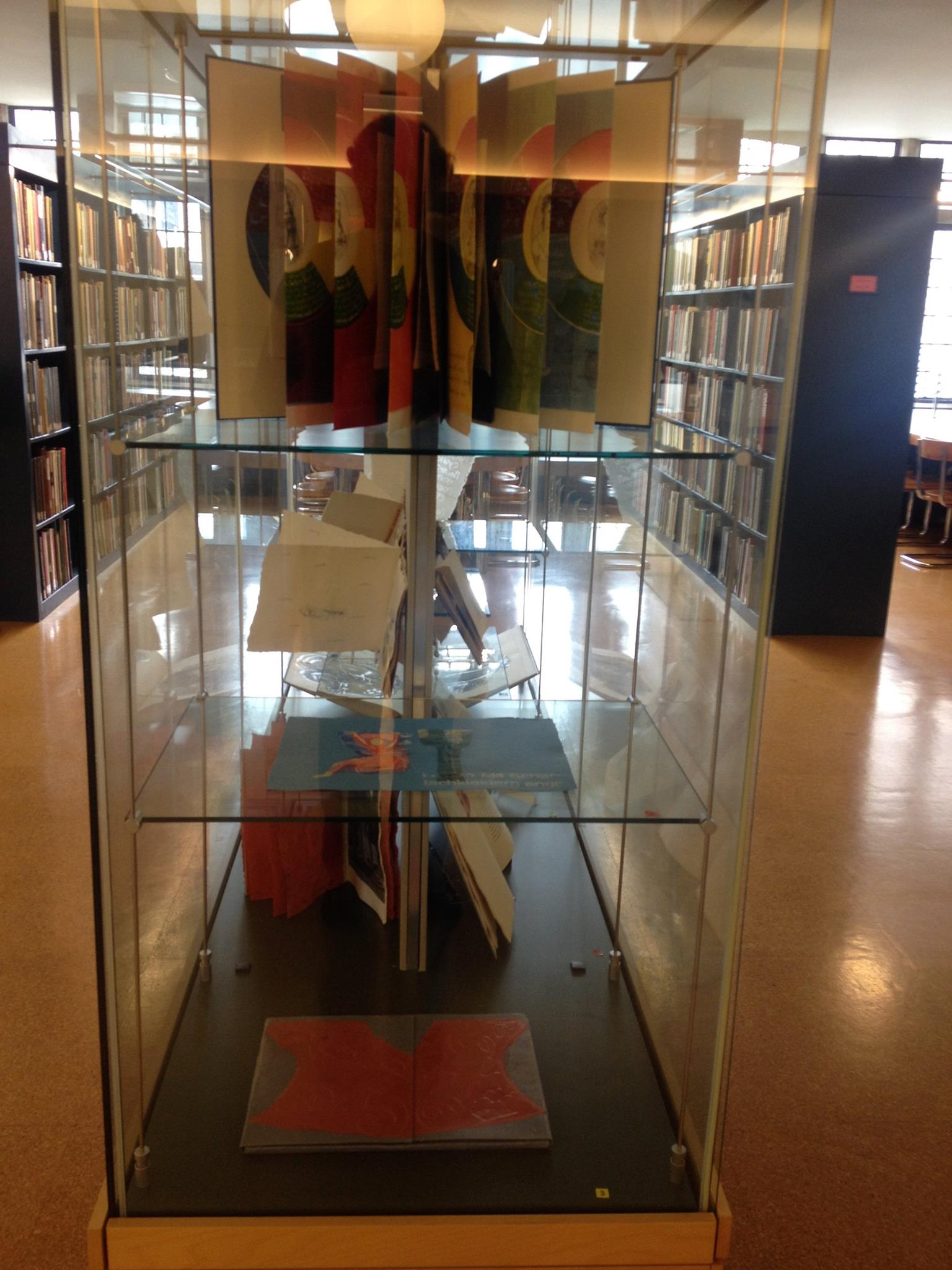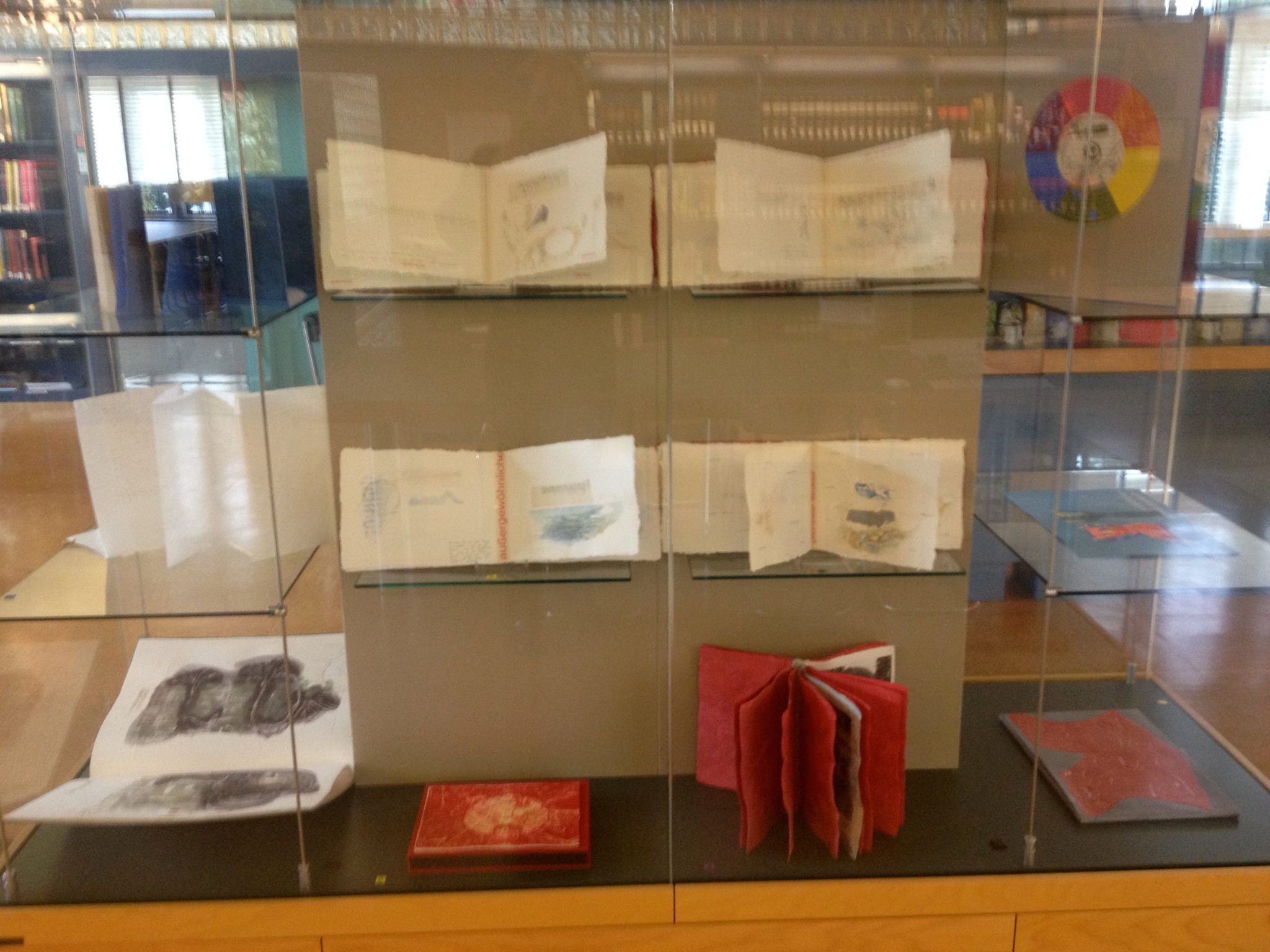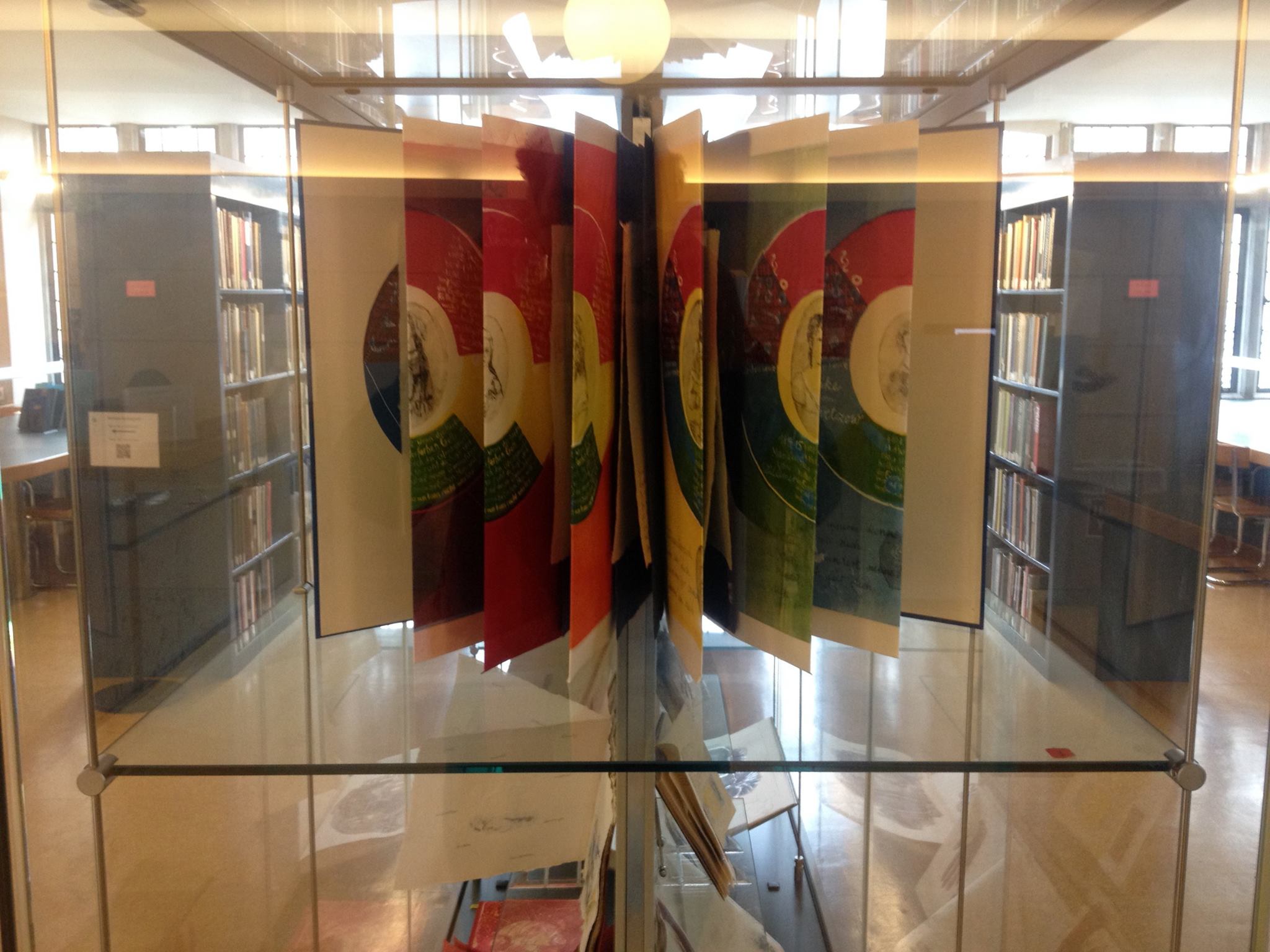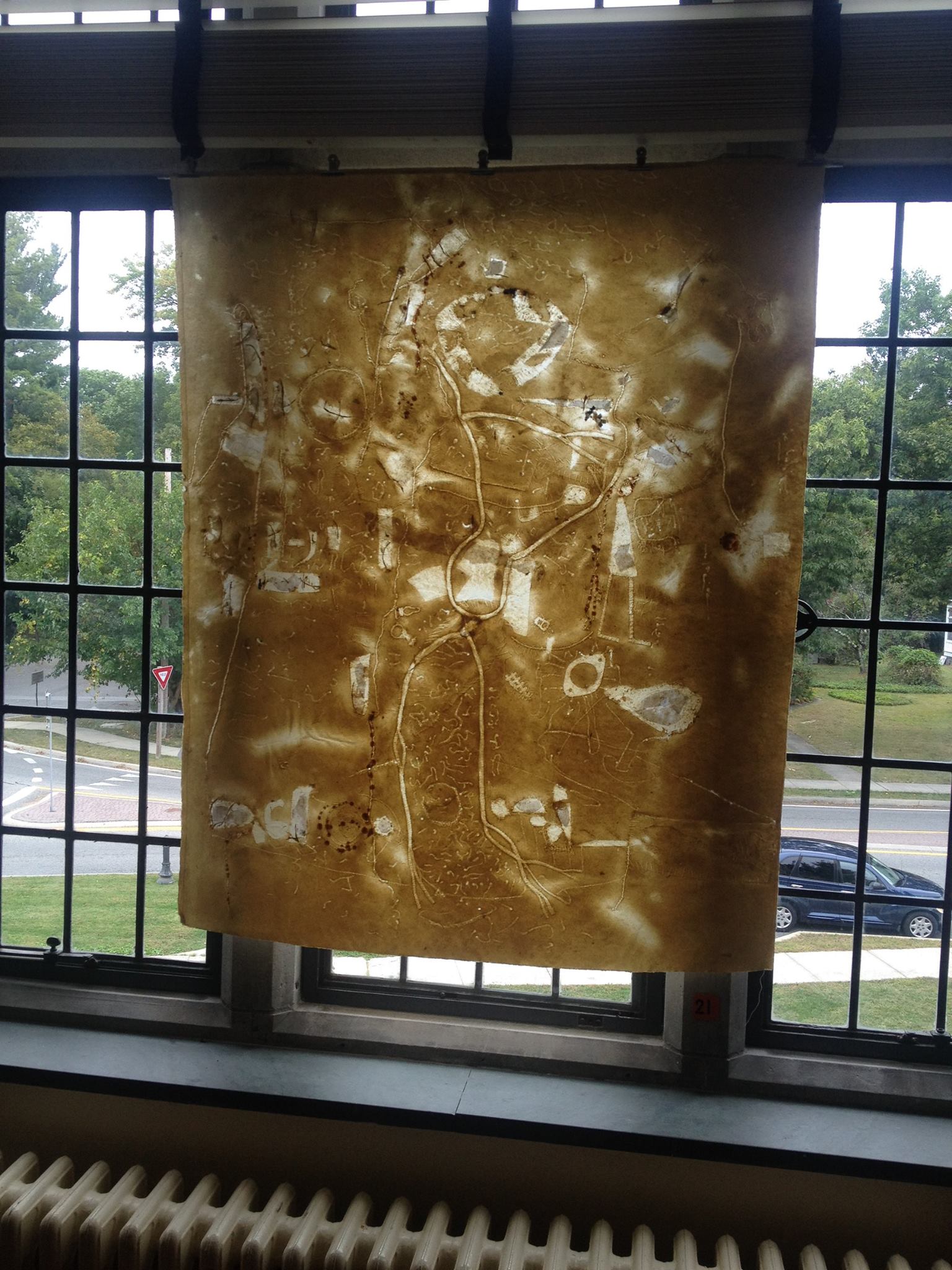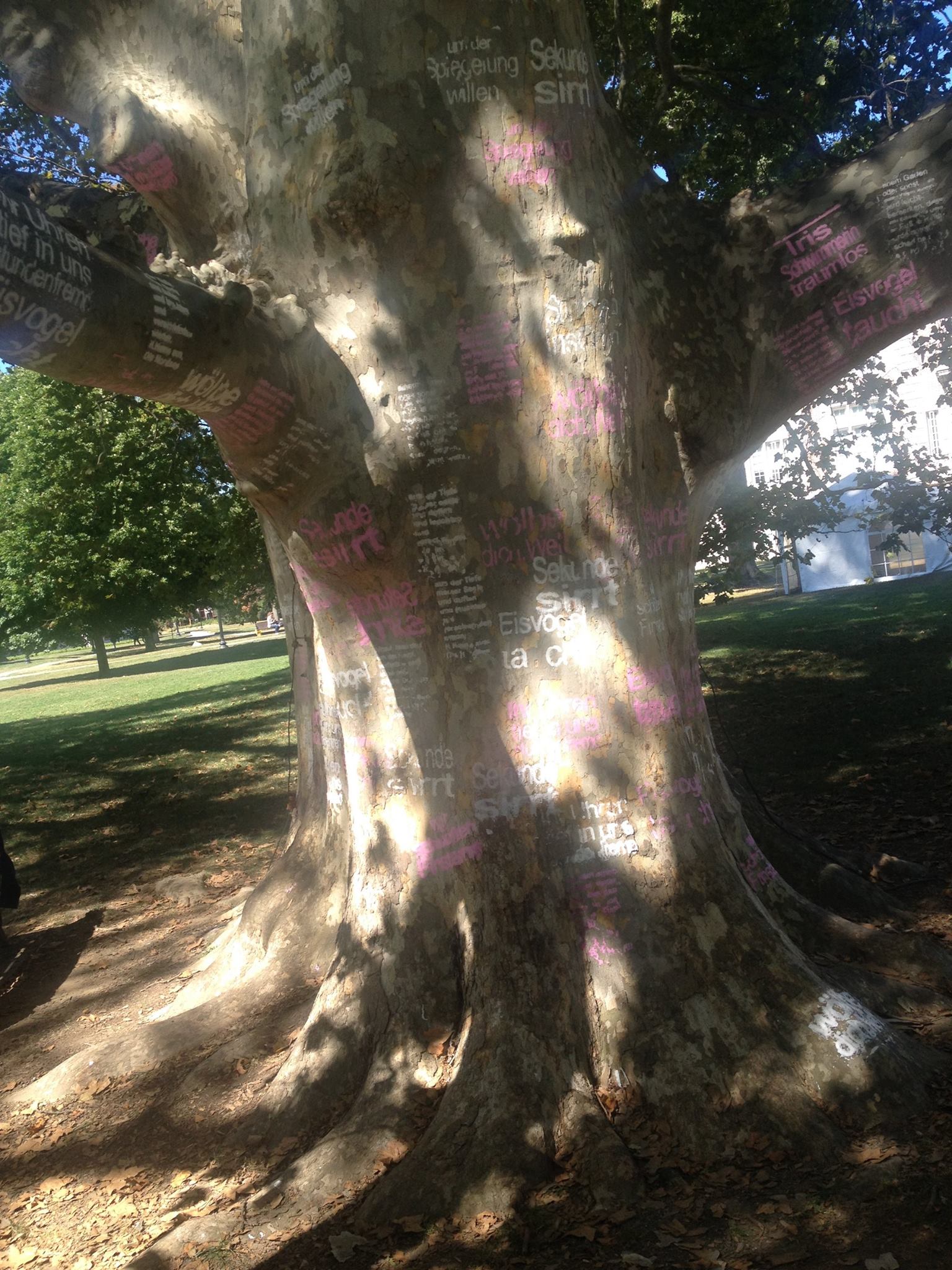During the American Library Association’s Preservation Week (April 23-April 29) the Vassar College Libraries will join libraries all over the country to highlight the ongoing need for preservation in our libraries and showcase items that demonstrate some of the challenges and solutions we face each day while caring for our collection of over one million books, documents and media.
In addition to our red table tent cards and bookmarks spread throughout the libraries that communicate some best practices for preservation, we will have two cases leading into the Cornaro Room that display examples of preservation problems as well as the remedies we employ to make them usable again by the Vassar community.
The Vassar College Libraries are committed to the preservation of our collection and have a long established Preservation Department that provides conservation and preservation services to all of our libraries in order to maintain the health and accessibility of our extensive collection. We cannot achieve this goal without the help of the entire Vassar community and invite you to learn more about what you can do to help ensure the longevity of our collection for future Vassar scholars.
ABOUT THE VCL PRESERVATION DEPARTMENT
The Preservation department offers a broad range of preservation options for both newly acquired and existing materials to ensure the most effective treatments for standard collections formats as well as sound, creative solutions for the non-standard formats. Keeping in mind the key treatment goals of usability, readability, permanence (through use of chemically stable conservation materials), sturdiness, and adherence to national standards, the Department provides state of the art conservation treatments on worn, damaged, or deteriorating materials, thereby enhancing user access to the Libraries’ collections.
More information about our criteria and methods may be found under the PRESERVATION TAB at the Vassar College Libraries website.
ABOUT PRESERVATION WEEK
Preservation Week was created in 2010 because some 630 million items in collecting institutions require immediate attention and care and eighty percent of these institutions have no paid staff assigned to collections care and 22 percent have no collections care personnel at all. Some 2.6 billion items are not protected by an emergency plan. As natural disasters of recent years have taught us, these resources are in jeopardy should a disaster strike. Personal, family, and community collections are equally at risk.
Preservation Week is an initiative of the Association for Library Collections and Technical Services (ALCTS), a division of the American Library Association (ALA).
WHY IS PRESERVATION IMPORTANT?
- In 2005 the first comprehensive national survey of the condition and preservation needs of the nation’s collections reported that U.S. institutions hold more than 4.8 billion items. Libraries alone hold 3 billion items (63 percent of the whole). A treasure trove of uncounted additional items is held by individuals, families, and communities.
- Some 630 million items in collecting institutions require immediate attention and care. Eighty percent of these institutions have no paid staff assigned responsibility for collections care; 22 percent have no collections care personnel at all. Some 2.6 billion items are not protected by an emergency plan. As natural disasters of recent years have taught us, these resources are in jeopardy should a disaster strike. Personal, family, and community collections are equally at risk.
KEY ENVIRONMENTAL FACTORS THAT PLACE COLLECTIONS AT RISK:
- Light: Ultraviolet rays from natural and artificial sources can cause fading and disintegration.
- Pollutants: Dust is abrasive and can accelerate harmful chemical reactions.
- Heat: High temperatures can accelerate deterioration.
- Moisture: High humidity promotes mold growth, corrosion, and degradation, while excessive dryness can cause drying and cracking. Fluctuations between extremes can cause warping, buckling, and flaking.
PRESERVATION FAST FACTS
- More than 4.8 billion artifacts are held in public trust by more than 30,000 archives, historical societies, libraries, museums, scientific research collections, and archaeological repositories in the United States. 1.3 billion of these items are at risk of being lost.
- Roughly 70% of institutions need additional conservation or preservation training for their staff and volunteers.
- A majority of collecting institutions, more than 80%, do not have a disaster plan in place that can be executed by trained staff.
- Nearly a quarter of all the 21 million paintings, sculptures, and works of decorative art in U.S. collections need conservation treatment or improved care and conditions.
- More than 50% of collecting institutions have had their collections damaged by light.
- More than 65% of collecting institutions report damage to their collections due to improper storage.
*Source: “A Public Trust at Risk: The Heritage Health Index Report on the State of America’s Collections,” Library of Congress. For additional information regarding Preservation Week, please visit www.ala.org/preservationweek.



